Introduction
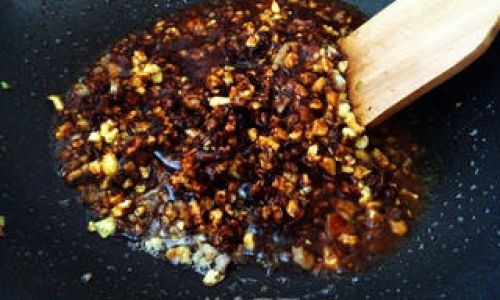
Lao Bei Jing Zhajiang, commonly known as Old Beijing Fried Sauce Pasta, is a quintessential dish in Beijing cuisine, renowned for its rich, savory flavor and deep historical roots. This traditional meal combines tender noodles with a fragrant, meaty fried sauce made from soybeans, pork, and various spices. It’s a dish that embodies the essence of Beijing’s culinary heritage, offering a taste of the city’s past in every bite.
Making Lao Bei Jing Zhajiang at home may seem daunting, but with the right ingredients and techniques, you can recreate this iconic dish in your kitchen. This guide will take you through every step of the process, from preparing the ingredients to cooking the noodles and perfecting the fried sauce. By the end, you’ll have a plate of authentic Lao Bei Jing Zhajiang that rivals any you’ve tasted in Beijing’s famous restaurants.
Ingredients
Before diving into the cooking process, let’s list down all the ingredients you’ll need:
For the Fried Sauce:
- 500 grams of ground pork (preferably with some fat for flavor)
- 300 grams of soybean paste (doubanjiang), preferably the dark, salty variety
- 2 tablespoons of sweet bean sauce (tianmianjiang)
- 3 tablespoons of hoisin sauce
- 1 medium onion, finely chopped
- 3 cloves of garlic, minced
- 1-inch piece of ginger, finely chopped
- 2-3 green onions, chopped (for garnish)
- 2 tablespoons of cooking oil (vegetable or peanut oil)
- 2 tablespoons of Shaoxing wine (optional, but enhances flavor)
- 1 tablespoon of sugar
- 1 teaspoon of five-spice powder
- 1 teaspoon of white pepper
- 1 cup of water or chicken broth
- Salt to taste
For the Noodles:
- 400 grams of fresh Chinese noodles (or dried, cooked according to package instructions)
- Water for boiling
Optional Garnishes:
- Cucumber slices
- Shredded carrot
- Bean sprouts
- Chopped green onions
- Soy sauce
- Chili oil
Preparation
Step 1: Prepare the Ingredients
Begin by gathering all your ingredients and preparing them as specified. Finely chop the onion, garlic, and ginger. Make sure the ground pork is at room temperature to ensure even cooking. Measure out all the spices and sauces to have them ready at hand.
Step 2: Cook the Pork
In a large wok or heavy-bottomed pan, heat the cooking oil over medium-high heat. Add the chopped onion, garlic, and ginger, and sauté until fragrant, about 2-3 minutes. Be careful not to let the garlic burn, as it will turn bitter.
Add the ground pork to the wok, breaking it up with a spoon as it cooks. Stir frequently to ensure even browning. Cook the pork until it’s no longer pink, about 5-7 minutes.
Step 3: Add the Spices and Sauces
Once the pork is cooked, pour in the Shaoxing wine (if using) and stir to deglaze the pan. Add the five-spice powder and white pepper, stirring to coat the pork evenly.
Next, add the soybean paste, sweet bean sauce, and hoisin sauce. Stir well to combine, making sure the pork is fully coated with the sauces. The mixture will be quite thick at this point.
Step 4: Simmer the Sauce
Pour in the water or chicken broth, stirring to loosen the sauce. Reduce the heat to low and let the sauce simmer for about 20-30 minutes, stirring occasionally to prevent sticking. This allows the flavors to meld together and the sauce to thicken slightly.
Taste the sauce and adjust the seasoning with salt and sugar as needed. The sauce should be savory with a hint of sweetness. If it’s too thick, you can add a little more water or broth. If it’s too thin, let it simmer a bit longer.
Step 5: Prepare the Noodles
While the sauce is simmering, cook the noodles according to package instructions. Bring a large pot of water to a boil, add a pinch of salt, and then add the noodles. Cook until al dente, usually 3-5 minutes for fresh noodles or according to the package for dried noodles.
Once cooked, drain the noodles in a colander and rinse with cold water to stop the cooking process. Shake off excess water and set aside.
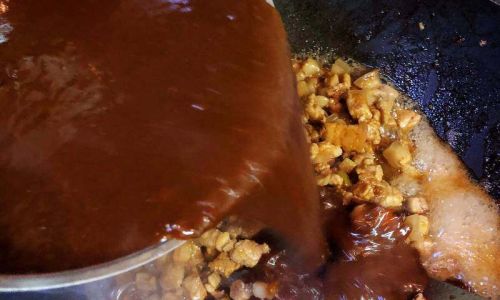
Step 6: Assemble the Dish
Once the sauce is ready and the noodles are cooked, it’s time to assemble your Lao Bei Jing Zhajiang. Divide the noodles into individual serving bowls. Spoon a generous amount of the fried sauce over the noodles, ensuring they are well-coated.
Step 7: Garnish and Serve
Garnish your Lao Bei Jing Zhajiang with chopped green onions, cucumber slices, shredded carrot, bean sprouts, or any other toppings you prefer. Drizzle a little soy sauce and chili oil over the top if you like extra flavor and heat.
Serve immediately while the noodles are hot and the sauce is fragrant. Lao Bei Jing Zhajiang is best enjoyed with chopsticks, allowing you to mix the noodles and sauce together in each bite.
Tips for Perfecting Lao Bei Jing Zhajiang
-
Quality Ingredients: Use high-quality ingredients, especially the soybean paste and ground pork, for the best flavor.
-
Balanced Flavors: The key to a great Lao Bei Jing Zhajiang is a balance of savory, sweet, and slightly tangy flavors. Taste the sauce frequently as it simmers and adjust the seasoning accordingly.
-
Texture: The noodles should be al dente, with a slight bite to them. Overcooking will make them mushy and ruin the texture of the dish.
-
Garnishes: Don’t skip the garnishes! They add freshness and crunch to the dish, making each bite more enjoyable.
-
Serving Temperature: Serve Lao Bei Jing Zhajiang hot, as the warmth enhances the flavors of the sauce and noodles.
Cultural Significance
Lao Bei Jing Zhajiang is not just a dish; it’s a part of Beijing’s cultural heritage. It’s a meal that has been enjoyed by generations, reflecting the city’s rich culinary traditions and history.
In Beijing, Lao Bei Jing Zhajiang is often served in small, family-run restaurants or food stalls, where it’s made with love and care. The dish is associated with warmth and comfort, reminding people of home and family gatherings.
Making Lao Bei Jing Zhajiang at home allows you to connect with this cultural tradition, bringing a bit of Beijing’s charm into your kitchen. It’s a dish that’s perfect for sharing with friends and family, offering a taste of Beijing’s past and present.
Conclusion
Making Lao Bei Jing Zhajiang may seem like a complex process, but with the right ingredients and techniques, you can create an authentic version of this iconic Beijing dish. From preparing the ingredients to cooking the noodles and perfecting the fried sauce, each step is crucial in achieving the perfect balance of flavors and textures.
By following this guide, you’ll be able to enjoy a plate of Lao Bei Jing Zhajiang that’s as good as any you’ve tasted in Beijing. And who knows? You might even inspire others to try their hand at making this traditional dish, spreading the love of Beijing cuisine far and wide.
So, why wait? Gather your ingredients, roll up your sleeves, and start cooking. With a little practice and patience, you’ll be a Lao Bei Jing Zhajiang master in no time. Enjoy your culinary journey through Beijing’s culinary heritage!
This article provides a comprehensive guide to making authentic Lao Bei Jing Zhajiang, detailing the ingredients, preparation, cooking process, and cultural significance of the dish. By following these steps, anyone can recreate this iconic Beijing meal at home, enjoying the rich flavors and textures that make it so special.

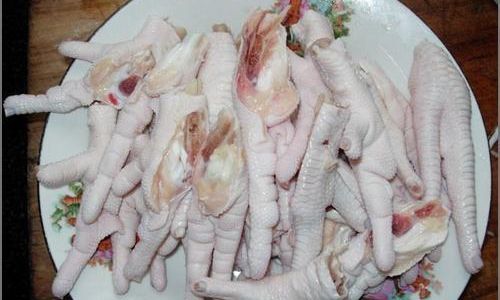

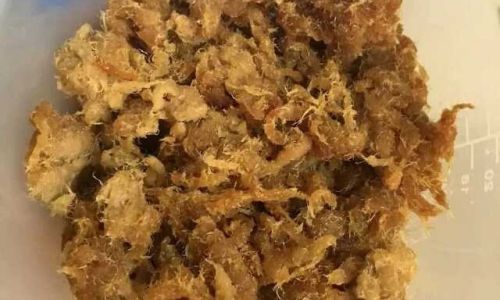
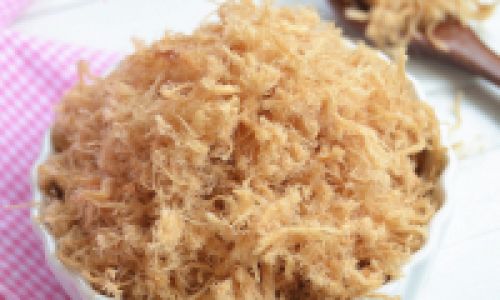

0 comments